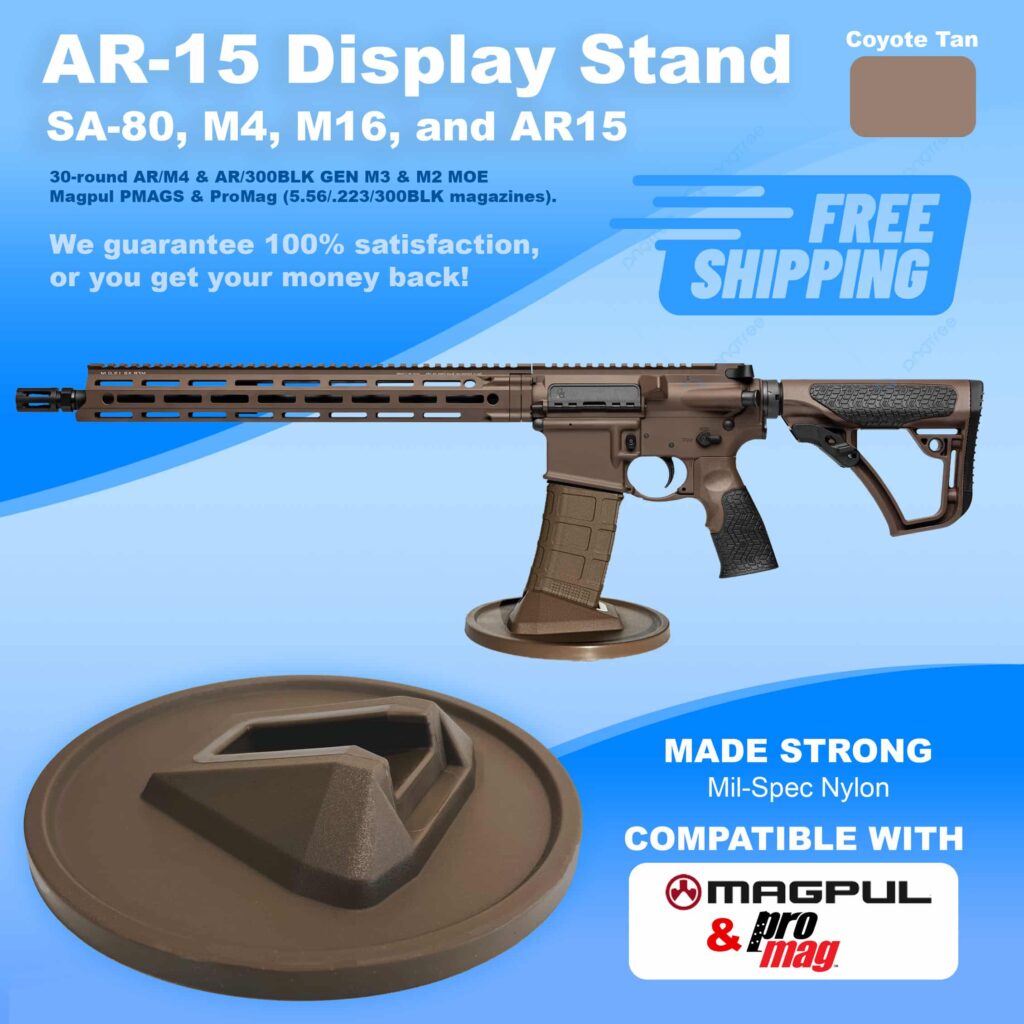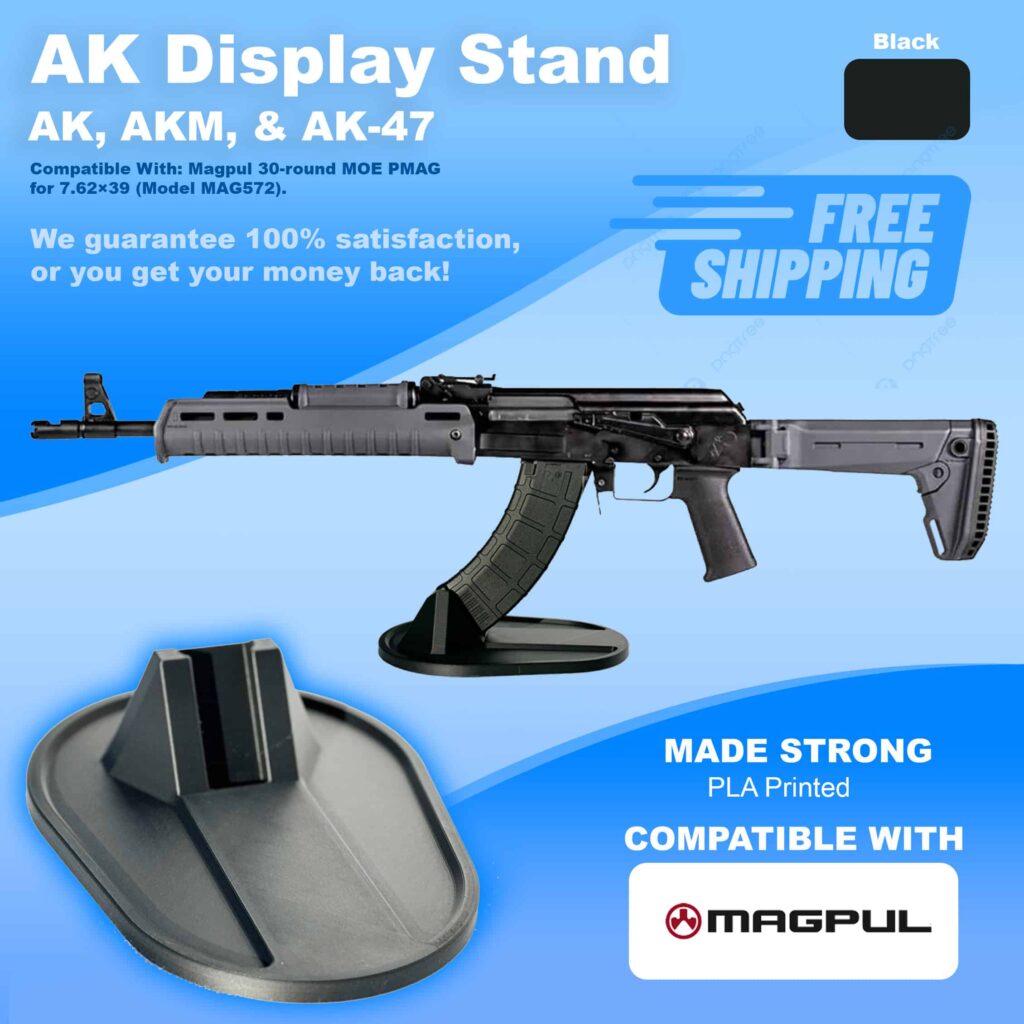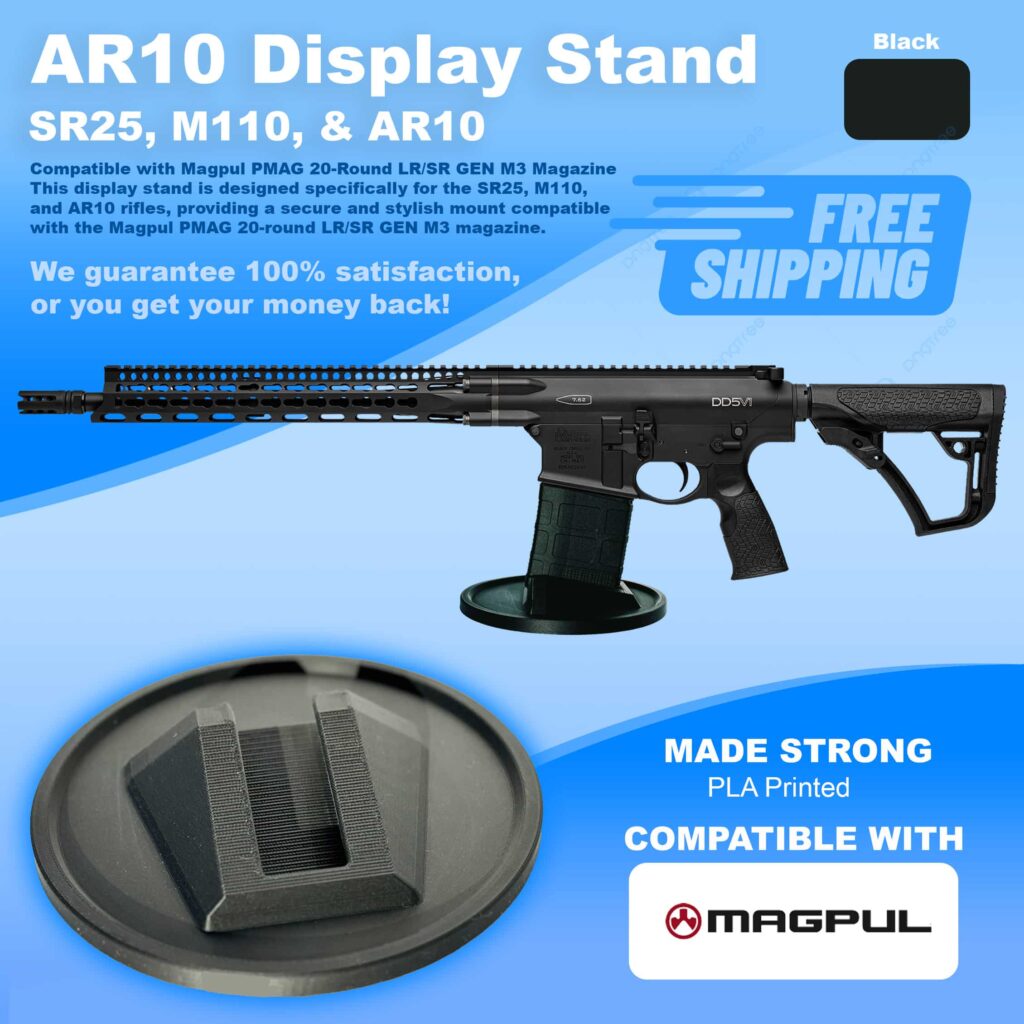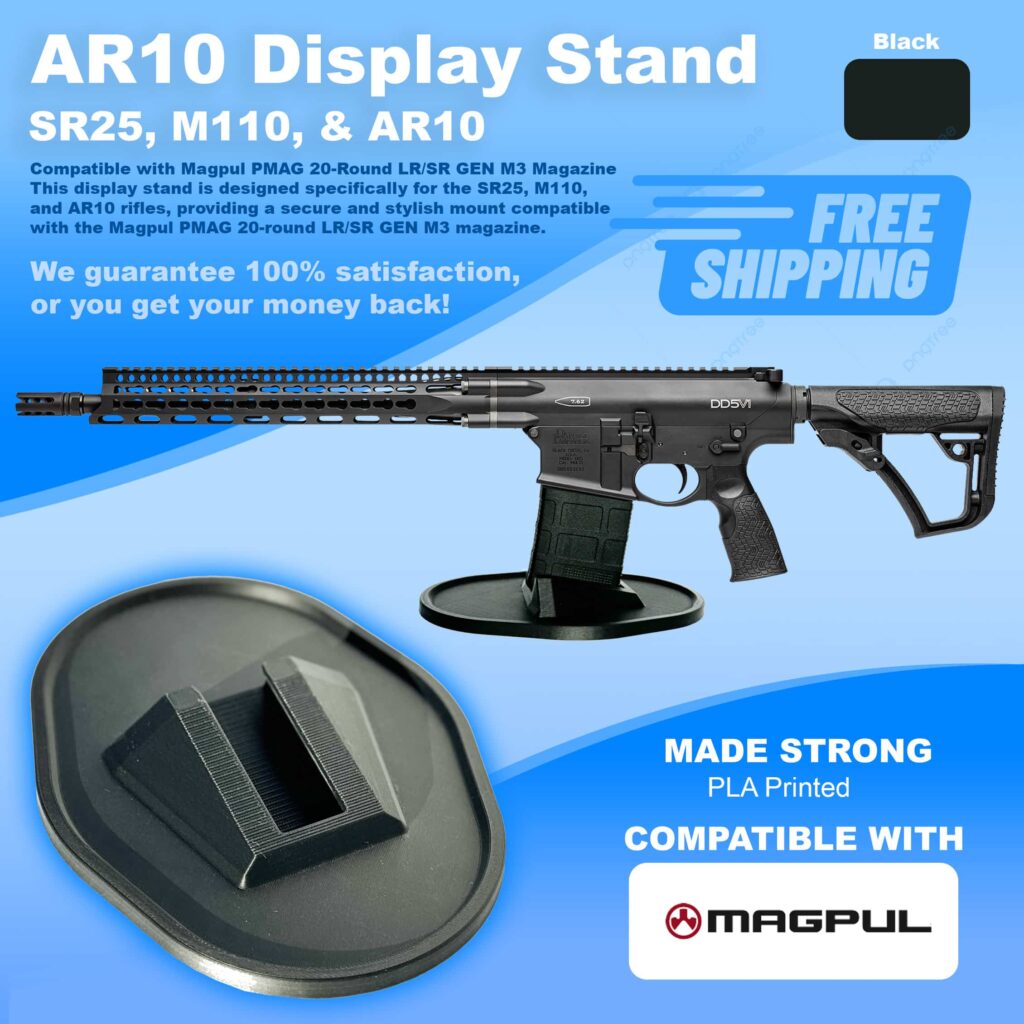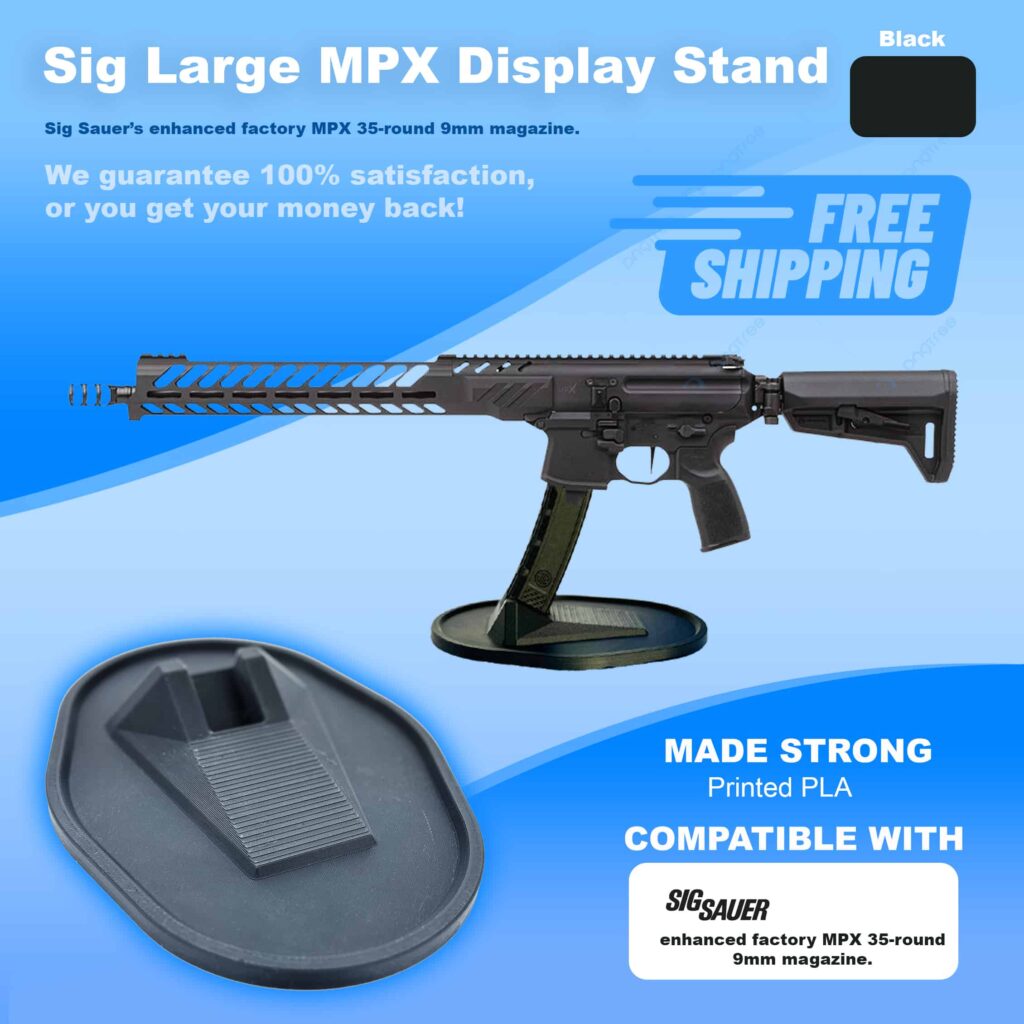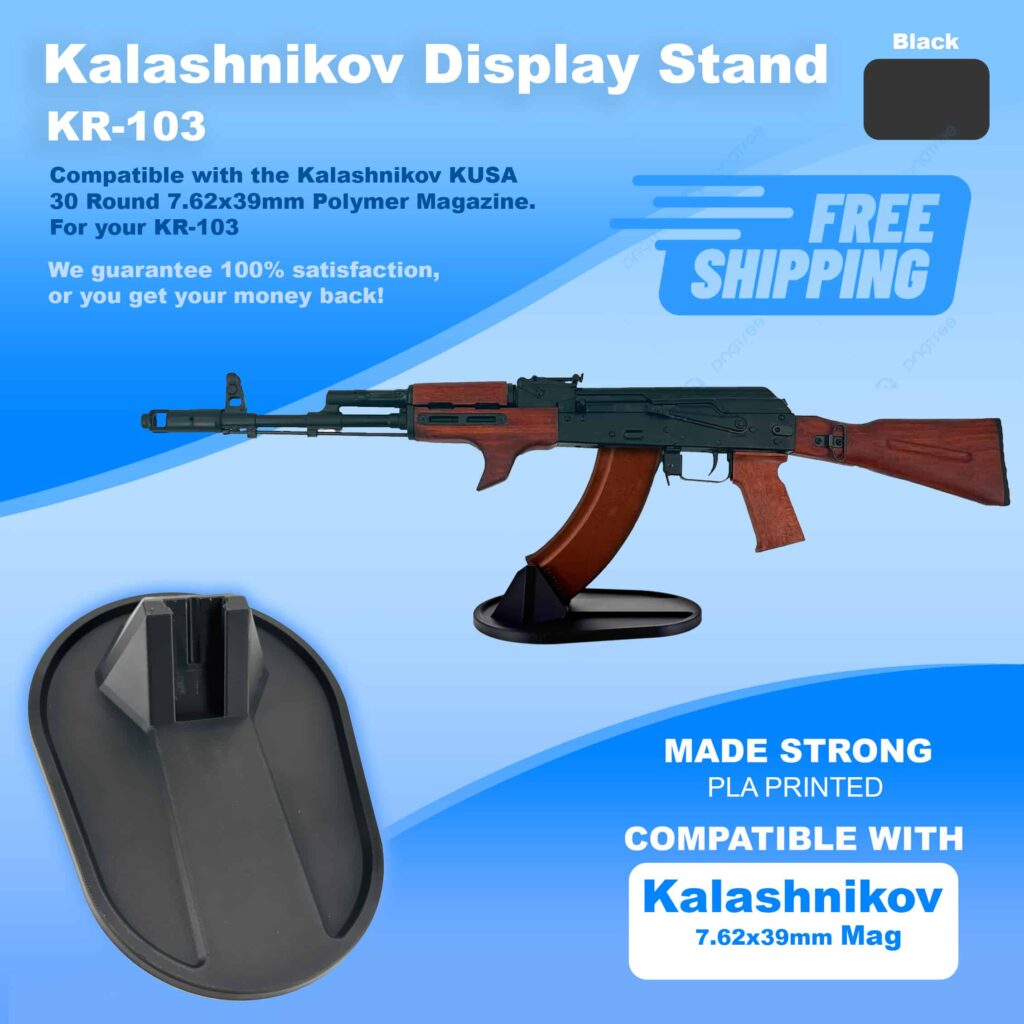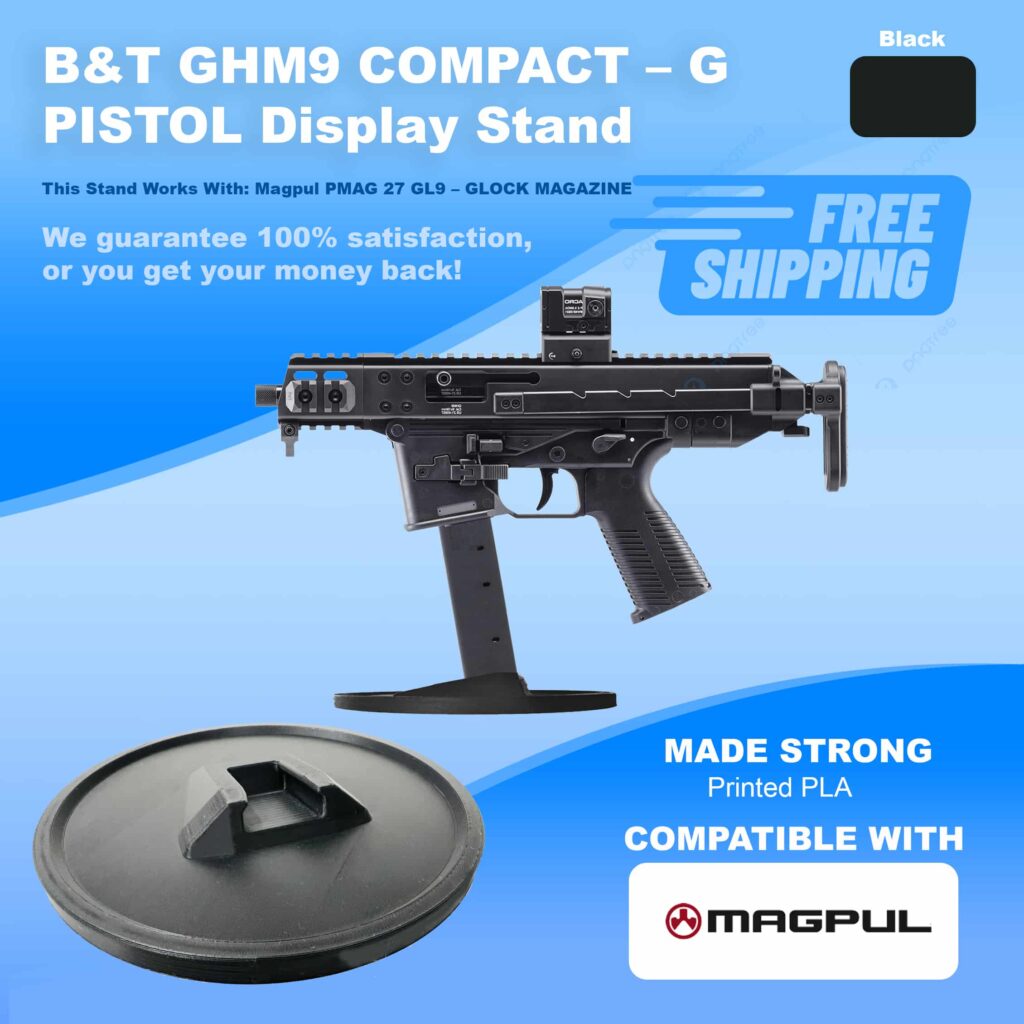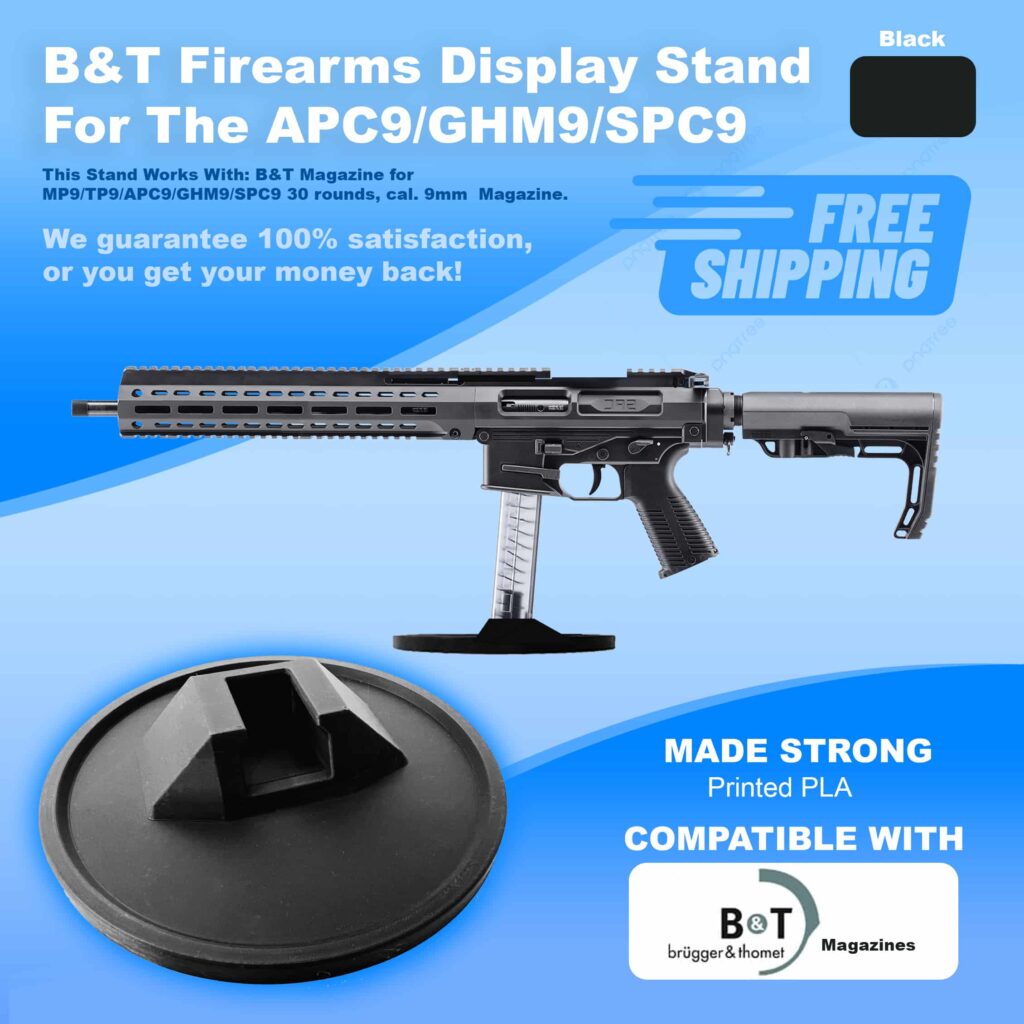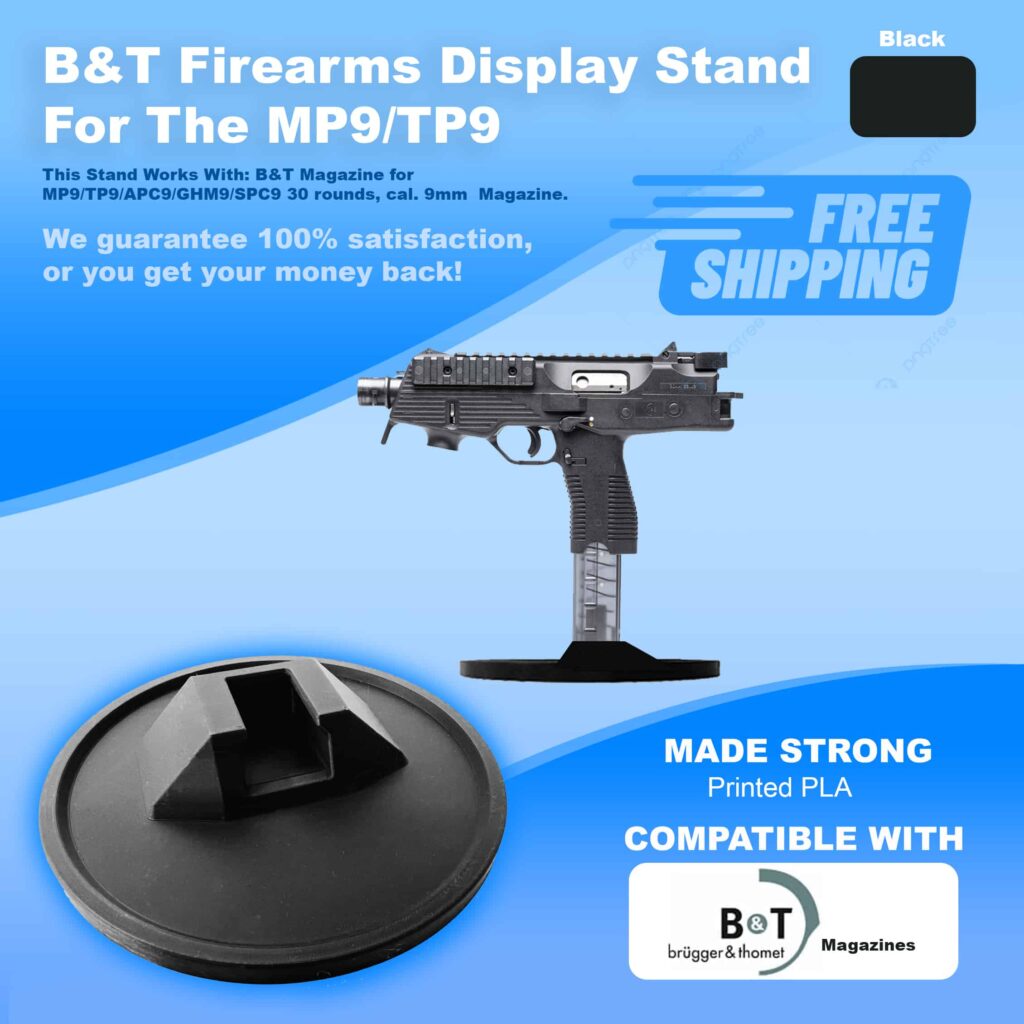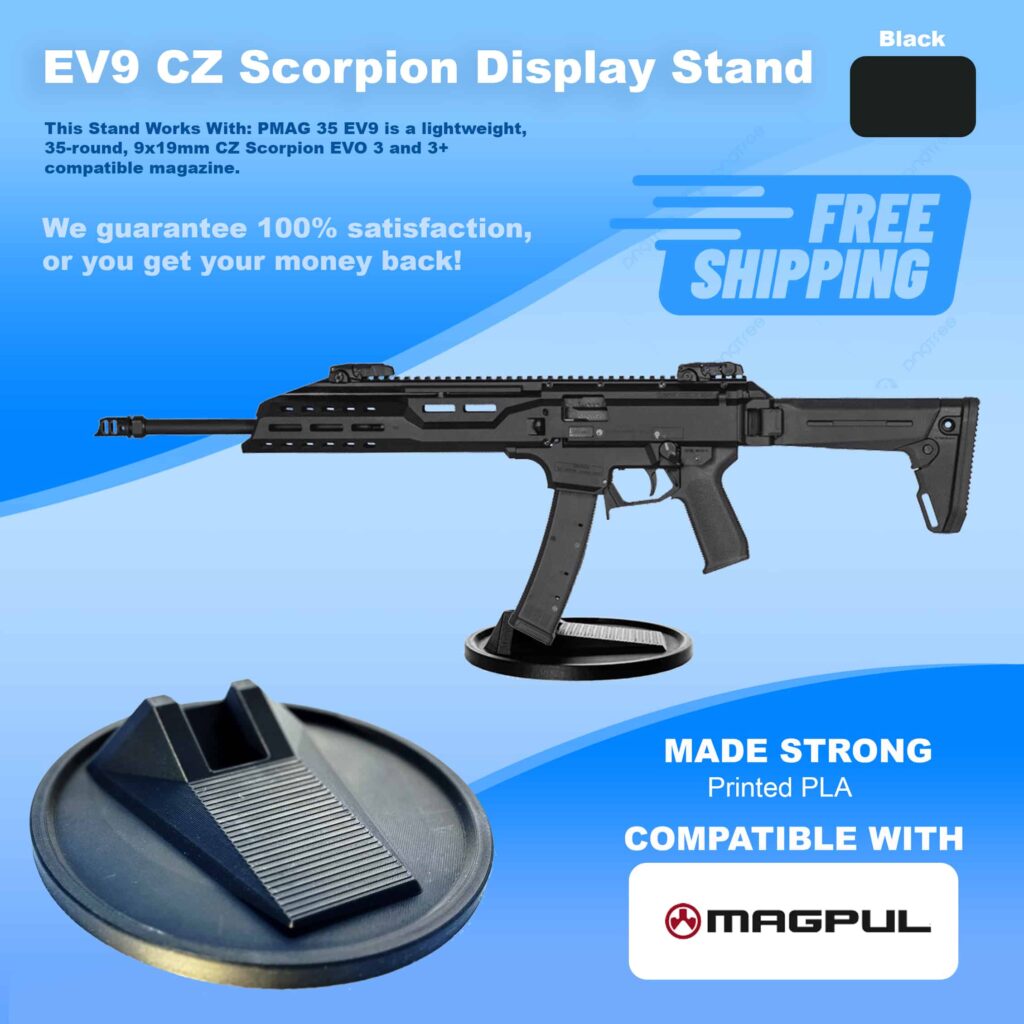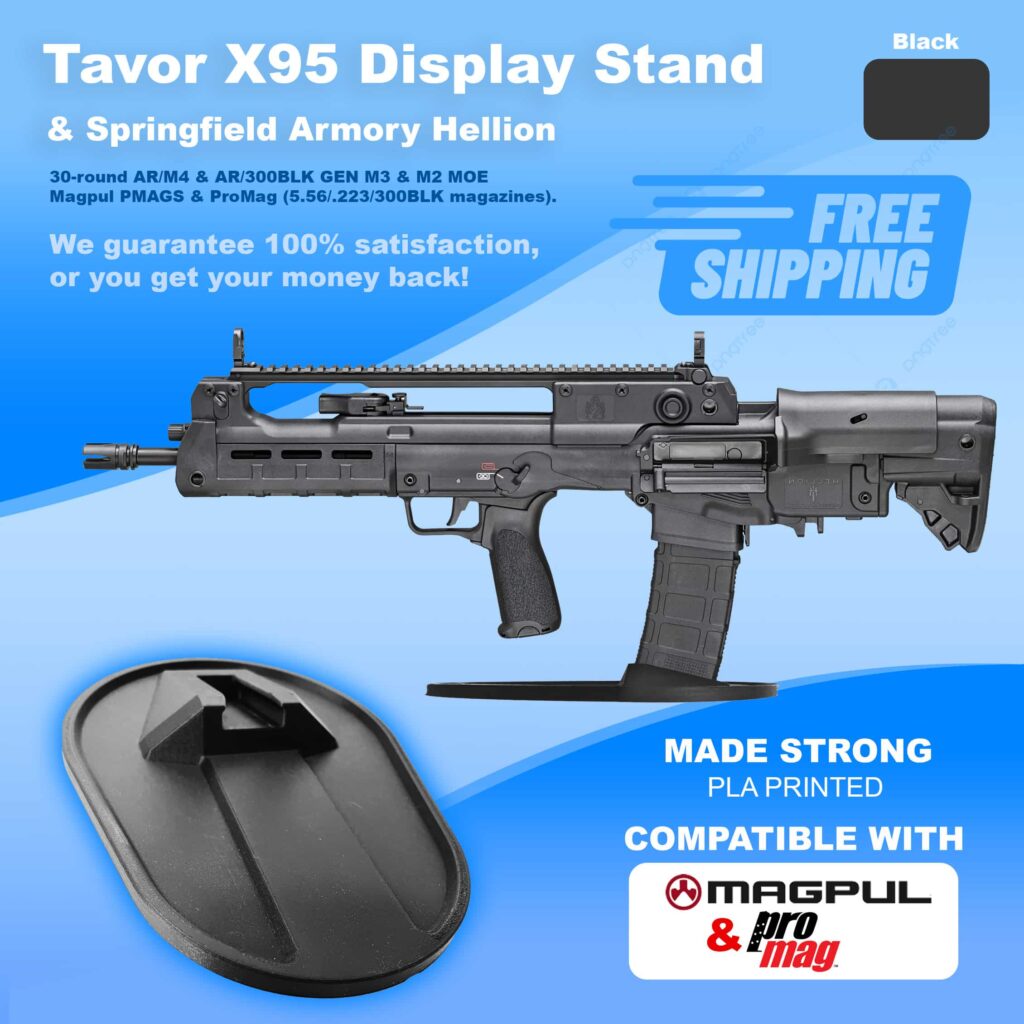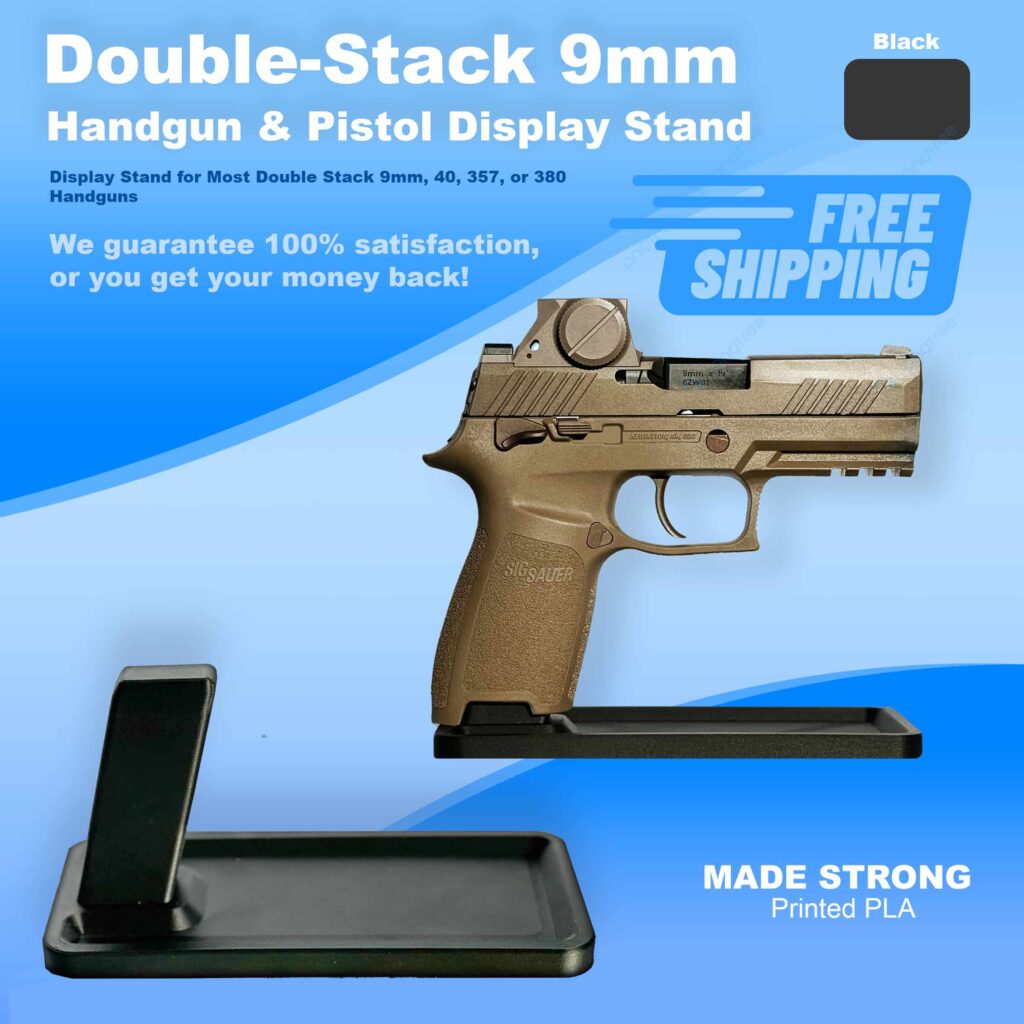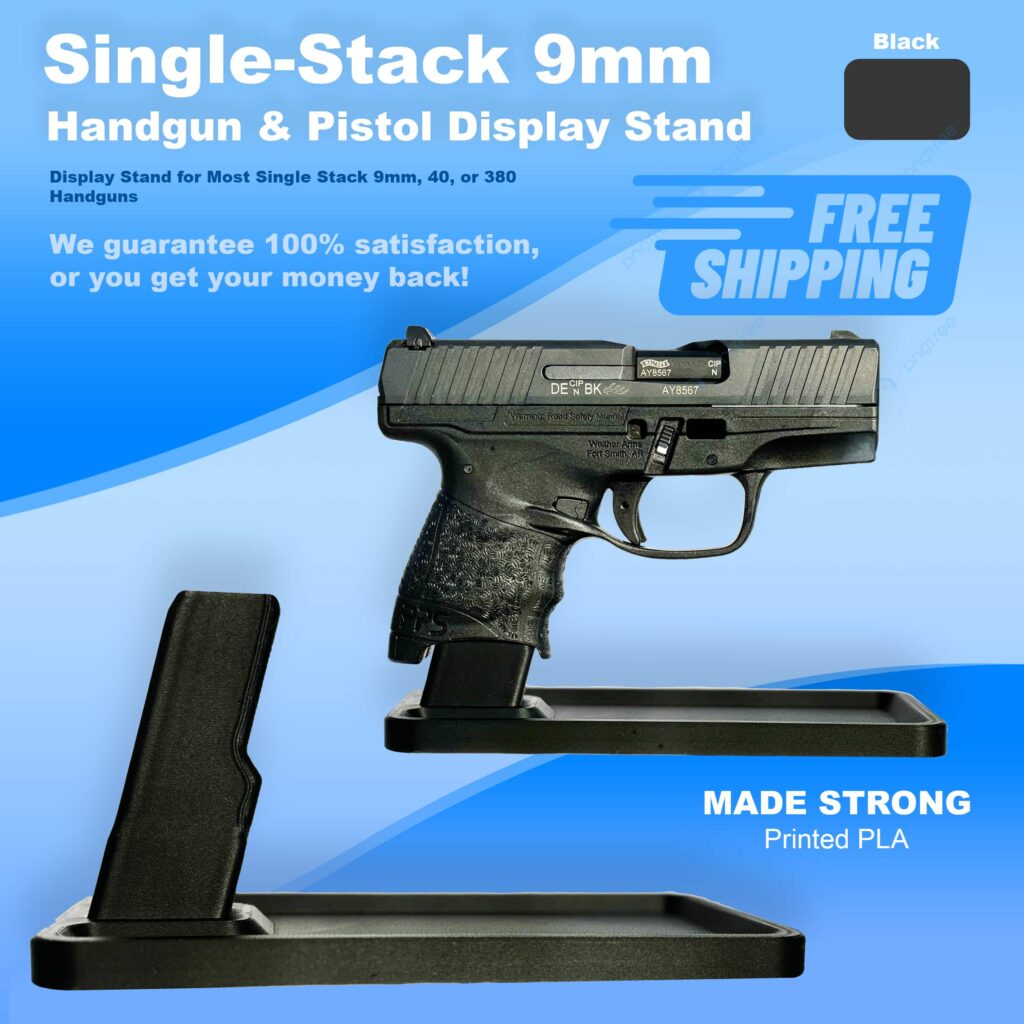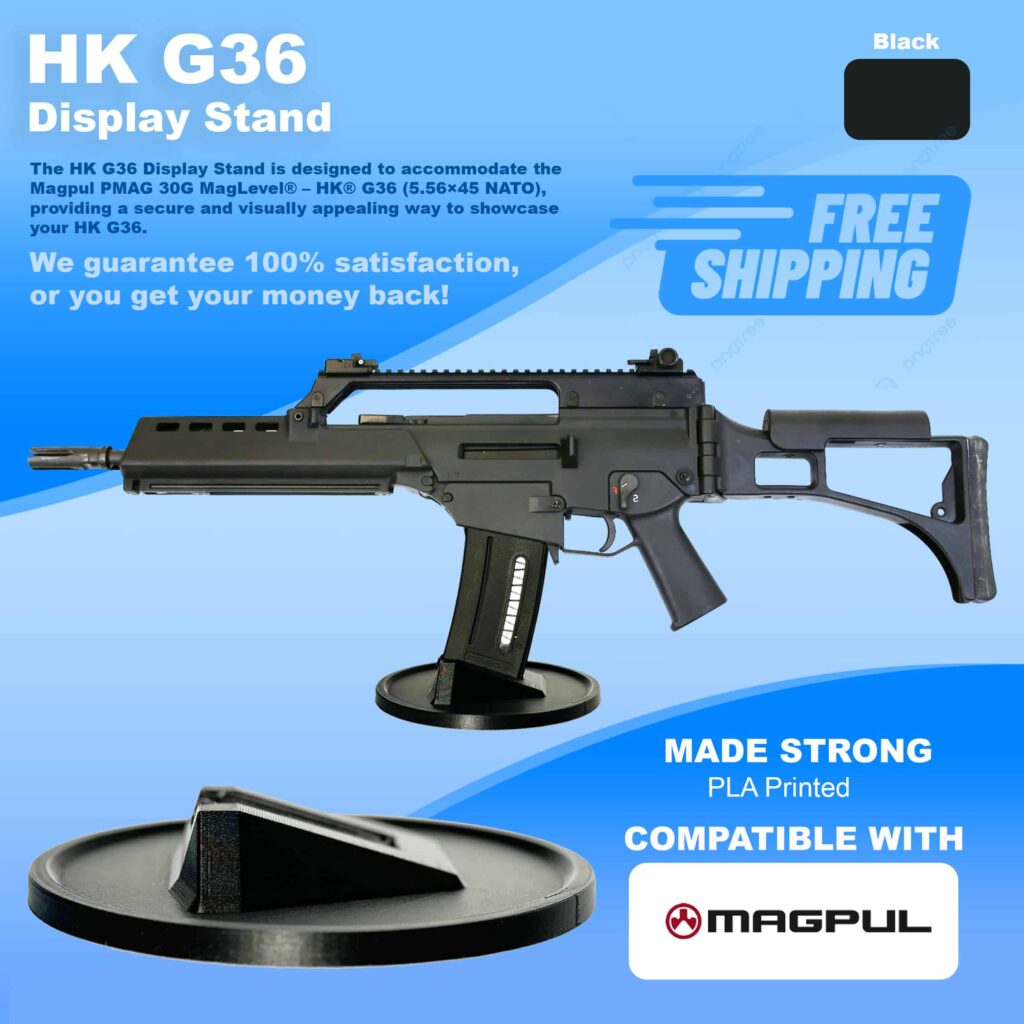Sell Guns & Accessories
Welcome to our comprehensive guide to selling guns and accessories. Whether you’re a firearms dealer, an individual looking to sell your personal collection, or an enthusiast interested in exploring how the gun market operates, this page provides all the information you need to start selling guns and accessories. We’ll cover the necessary legal requirements, how to price and advertise firearms, tips for ensuring the sale goes smoothly, and best practices for handling accessories.
Legal Considerations for Selling Guns and Accessories
Before you sell firearms or accessories, it’s important to understand the legal landscape. Selling firearms is highly regulated in most parts of the world, and failing to comply with these laws can result in serious consequences. Here are some key points to keep in mind:
Federal Firearms Laws
In the United States, the sale of firearms is governed by federal law. The Bureau of Alcohol, Tobacco, Firearms and Explosives (ATF) is the primary agency responsible for regulating firearms transactions. If you’re selling firearms as a business, you need a Federal Firearms License (FFL). This license is required for anyone who sells firearms with the intention of making a profit.
To obtain an FFL, you’ll need to go through a thorough background check, and you must maintain proper records of all firearms transactions. Additionally, all transactions involving firearms must go through a licensed firearms dealer (FFL holder) who will conduct background checks on buyers.
State and Local Laws
In addition to federal regulations, you must also comply with state and local laws. Gun laws vary significantly by state, and some states have stricter regulations than others. For example, some states have waiting periods for firearm purchases, while others may require additional paperwork or background checks. It’s important to familiarize yourself with the specific regulations in your state before attempting to sell firearms.
Selling to a Licensed Dealer vs. Private Sale
If you’re selling a firearm as an individual, you may be allowed to conduct a private sale without involving a licensed dealer, depending on your state. However, many states require all gun sales to be processed through an FFL holder, even private sales. Always check with local authorities to ensure that you’re following the law.
Firearm Accessories and Parts
The sale of firearm accessories, such as scopes, magazines, grips, and holsters, is generally less regulated than the sale of firearms. However, some parts, such as high-capacity magazines or bump stocks, are restricted in certain states. Be sure to verify the laws in your area regarding accessories before listing them for sale.
Pricing Guns and Accessories
Setting the right price for firearms and accessories is critical for a successful sale. Below are some strategies for pricing guns and related products competitively.
Research Market Value
Start by researching the current market value of the firearm or accessory you’re selling. Factors such as brand, condition, rarity, and demand will all influence the price. Here are some places to look for pricing information:
- Gun Auction Sites: Websites like GunBroker and Auction Arms can give you a good sense of how much similar firearms are selling for.
- Gun Stores: Visit local gun stores or check their online listings to see how much they are charging for similar items.
- Price Guides: Some publications and websites specialize in gun price guides, offering a comprehensive breakdown of the value of firearms based on make, model, and condition.
Condition of the Firearm
The condition of the firearm plays a significant role in determining its price. Guns are typically graded on a scale ranging from “New” to “Poor” based on factors like wear, rust, and cosmetic damage. Here’s how to evaluate your firearm:
- Mint/Like New: Firearms that are in perfect condition or barely used will command the highest price.
- Excellent: Firearms that show little to no wear and function well are priced slightly lower than those in mint condition.
- Good/Fair: Firearms with signs of use, such as minor scratches or wear on the finish, will be priced more affordably.
- Poor: Guns with significant damage or wear, such as rust or mechanical issues, will have a much lower value.
Pricing Accessories
When pricing accessories, consider the brand, condition, and functionality of the item. High-quality, well-known brands often fetch higher prices than generic brands. Additionally, if the accessory is rare or hard to find, you may be able to ask for a premium price.
Selling Firearms and Accessories
Once you’ve established the legal requirements and pricing, it’s time to sell your firearms and accessories. There are several methods to sell firearms, each with its own advantages and challenges.
Online Marketplaces
Online marketplaces are a popular platform for buying and selling firearms and accessories. Websites like GunBroker, Armslist, and GunAuction provide a convenient way to connect with buyers nationwide. However, when selling online, it’s important to:
- Ensure you’re complying with all applicable laws, including state and local regulations.
- Use secure payment methods to avoid scams or fraud.
- Include detailed descriptions and high-quality photos of the firearms or accessories to attract potential buyers.
Local Gun Shows
Gun shows offer a great opportunity to meet buyers face-to-face and sell firearms in a controlled environment. Before attending a gun show, check with the event organizers to ensure you’re in compliance with any local laws or regulations regarding the sale of firearms. Gun shows are also a great place to sell accessories, as attendees often come looking for specific parts or upgrades.
Gun Stores and Dealers
If you’re looking for a quick sale, selling to a licensed gun dealer may be your best option. Dealers can often provide an immediate offer, although it may be lower than what you could receive through a private sale or auction. Still, selling to a dealer is a hassle-free way to move inventory, especially if you’re looking to offload multiple items quickly.
Private Sales
If you’re legally allowed to do so, private sales can be a rewarding option, especially if you’re selling a single firearm or accessory. Whether you’re selling to a friend, family member, or stranger, ensure that both parties follow all legal requirements, such as background checks or paperwork.
Shipping Guns and Accessories
Once you’ve successfully made a sale, you will need to ship the firearm or accessory to the buyer. Here are some important shipping tips:
Firearm Shipping
When shipping firearms, the process is heavily regulated, and you’ll need to comply with both federal and state laws. You must ship firearms through a licensed FFL holder, and they should be shipped via a carrier that accepts firearms (e.g., UPS, FedEx). It’s also necessary to pack firearms securely to prevent damage during transit.
- Firearm Packaging: Firearms should be shipped in a sturdy, tamper-evident box with no external markings indicating the contents. It’s a good idea to wrap the firearm in protective materials, such as bubble wrap or foam.
- Tracking and Insurance: Always use a service that provides tracking and insurance to ensure that the firearm arrives safely and that you’re protected in case of loss or damage.
Accessory Shipping
Shipping accessories is much simpler than shipping firearms, but you should still ensure that the items are packed securely to prevent damage. For accessories like scopes or magazines, use padded envelopes or boxes that will keep the item from moving around during transit. If you’re shipping high-value items, consider using tracking and insurance.
Promoting Your Guns and Accessories
To ensure your firearms and accessories sell quickly, you need to effectively promote your products. Here are some strategies:
Use High-Quality Photos
Clear, detailed photos of the firearms or accessories are crucial to attracting buyers. For firearms, take close-up shots of the entire weapon from different angles, and include pictures of any notable features or flaws. For accessories, highlight the brand, condition, and any distinguishing features that could set the product apart from others.
Write Compelling Descriptions
A well-written product description can make all the difference in a sale. Be honest and transparent about the condition of the item, and include relevant details such as the model, brand, and any modifications or upgrades.
Leverage Social Media
Social media platforms like Facebook, Instagram, and Twitter can be great tools for promoting firearms and accessories. Join firearm-related groups or communities to connect with potential buyers and advertise your items. Be mindful of each platform’s policies regarding the sale of firearms and accessories, as some may have restrictions.

